Chapter 15: 10,000 Years of Strange—一万年的奇怪的事件
10,000 Years of Strangeness: A Paranormal Primer for Ancient and Modern China
Part III: Mysteries and Legends
Chapter 15: 10,000 Years of Strange—一万年的奇怪的事件
Chapter 15: 10,000 Years of Strange—一万年的奇怪的事件

Previous Chapters 前章: Part 1: Chapter 1, Ch 2, Ch 3, Ch 4, Ch 5-1, Ch 5-2, Ch 5-3, Ch. 6
Previous Chapters 前章: Part 2: Chapter 7, Ch 8-1, Ch 8-2, Ch 8-3, Ch 8-4, Ch 8-5, Ch 9, Ch 9a
Previous Chapters 前章: Part 3: Chapter 10, Ch. 11-1, Ch. 11-2, Ch. 12, Ch. 13, Ch. 14
Previous Chapters 前章: Part 3: Chapter 10, Ch. 11-1, Ch. 11-2, Ch. 12, Ch. 13, Ch. 14
China’s aviation industry has grown astronomically in the past couple of decades, both private and commercial.
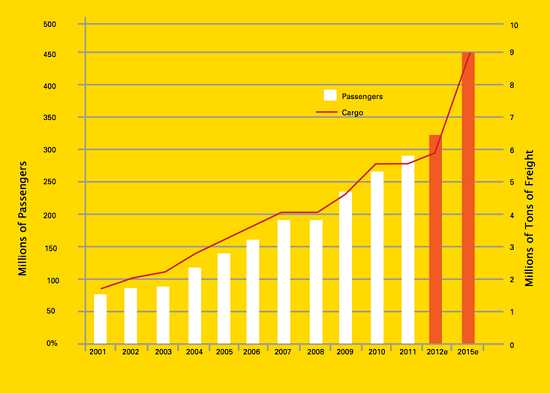
Having a shortage of qualified pilots, especially those that can speak English for international flights, Chinese airlines have taken to hiring pilots from overseas—Brazil, Mexico, the US, Australia, etc. A lot these markets have mature airline industries where jobs may be hard to come by, so these expat pilots are happy to come to China for work. Shenzhen Air, the flagship airline for the city of Shenzhen where I live, is a fairly new airline. Therefore it had a need to reach out a lot to overseas pilots. They put them up in luxury accommodations in the Shekou area of Nanshan District where most of the expat population lives and where there are restaurants and businesses that cater to their needs. Since we all end up eventually at the same Starbucks, or burger joint, or watering hole, there’s usually a cordial discussion about our jobs and the various oddities we experience living in a foreign (to us) culture.
One of these oddities, if you’re an expat pilot in China, is the openness with which the Chinese pilots talk about UFOs. It’s not a job killer over here.
On September 8, 2005, Chinese airline pilot Li Hai Yong (李海涌) is piloting his plane over Northwest China’s Xinjiang province in the vicinity of Kanas Lake, which you’ll recall from a previous chapter is the alleged home of the Kanas Lake monster.

Li spots a brilliant spiraling ball outside his plane. He obviously becomes concerned because he’s worried about the safety of his aircraft, as any good pilot should be. Is he headed into some kind of unusual storm? Is there an out-of-control satellite plummeting to earth? Is there some rocket launch gone awry? Or is he staring at some bizarre alien UFO?
Anything in the sky is reportable and worth consideration, whether it can be explained or not. The things that can’t be explained are, strictly speaking, UFOs. Li isn’t ashamed to report what he’s seeing nor to talk about it later. Whatever it is, it’s a threat to his aircraft and needs to be dealt with.
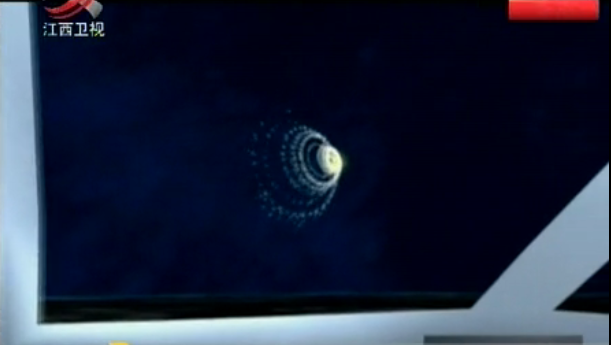
He hails air traffic control (ATC) and asks them what they have on the radar in his vicinity. ATC reports clear skies. He goes on to describe the swirling object. He describes a spiraling object of bluish white light moving in a constant direction leaving a helical tail as it travels that gradually fades behind it. Whatever it is, it seems to be maintaining its distance from his aircraft, but ATC cannot confirm its presence and reports nothing else in the air near his plane. Unlike Kenju Terauchi, captain of Japan Airlines Flight 1628 in one of the most famous UFO incidents in history, Li is not grounded for honestly reporting his observations.
It might have ended there, except that Kanas Lake had thousands of sightseers gathered at its shores anxious to witness, photograph or video the notorious Kanas Lake monster. What they saw, on exactly the same day and at exactly the same time as pilot Li Hai Yong, was a spiraling light in the sky. It was photographed and filmed by hundreds of people.
According to one Chinese source, “professional” UFO trackers present at the scene tell the witnesses to come back in two years if they want to see it again. They allege it is the apparent launch of an M-54 missile from Kazakhstan. The same thing occurred two years ago in 2003 on about the same date and will occur again in two years in 2007. Who exactly these “professionals” are was never explained, but they seem to know an awful lot about Kazakh military affairs.
The witnesses present at Kanas Lake that day know better than to trust what the government tells them, as should we all. They do their own research, as should we all. To people in the West suffering from mainstream media impressions of China, this wouldn’t seem possible. But Chinese netizens have a way researching they call “human flesh search” (人肉搜索or renrou sousuo) which means thousands of people banding together and cooperating to dig information up. It’s remarkably effective. Even the names of crooked government officials, or officials acting badly is uncovered and posted online.
One famous case involved a Chinese tourist who once graffitied the hieroglyphs in an Egyptian temple. Since the graffiti artist left his name (in China, millions of people can share exactly the same name), Chinese netizens began their human flesh search for the responsible party that disgraced Chinese tourists for the world. Unbelievably, they uncovered the person’s identity, his date of birth and his school. They hacked the school website and posted a parody of the graffito. He and his parents admitted to the act and issued a nationwide public apology and begged for forgiveness for what was what they deemed childhood irresponsibility. The public shaming was enough and the case faded from media.
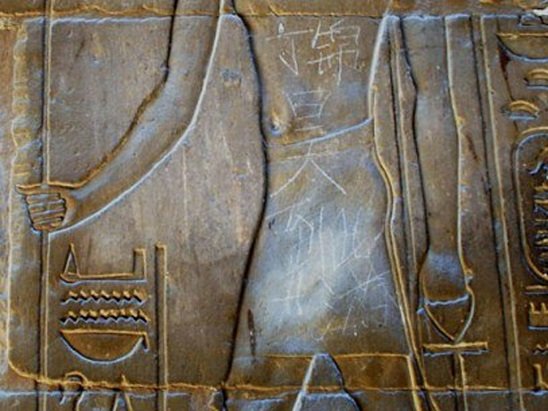
Research showed that such a launch never took place in 2003. If there was a launch of something, it didn’t come from Kazakhstan and didn’t fly over Xinjiang Province.
Attention then turned to the US. Could it have been some kind of secret US-designed UFO, essentially a “fake UFO” that is terrestrial in origin? The researchers involved in ferreting out just what this thing was did not think that if it was terrestrial in origin it could be Chinese. To them, China wouldn’t be capable of building such strange aircraft. In 2005, most of the world held that the US was the most technically advanced country, especially in military and space capability and that they would be the most likely candidate for the builders of mysterious flying craft. Furthermore, most UFO research worldwide was emanating from the English-speaking world. Think Area 51. Think Rendlesham Forest. Think Roswell. Think of so many books and History Channel specials. Think Reagan’s Star Wars, the ISS, NASA, Voyager, deep planetary probes. Clearly the obvious choice for a first look would be the United States.
The human flesh search for America’s UFO capability seemed to focus on the Avrocar, a 1950s effort by the air force to build an actual flying saucer. But the Avrocar project never really got off the ground, so to speak, and was abandoned in 1961 (though its real purpose may have been to serve as a distraction from other projects). Furthermore, it appeared that a lot of UFO sightings in the US were really just cases of mistaken identity of test aircraft under development like the F-119 Stealth fighter and B-2 Stealth Bomber. None of these compared with the object witnessed over Kanas Lake on September 8th.
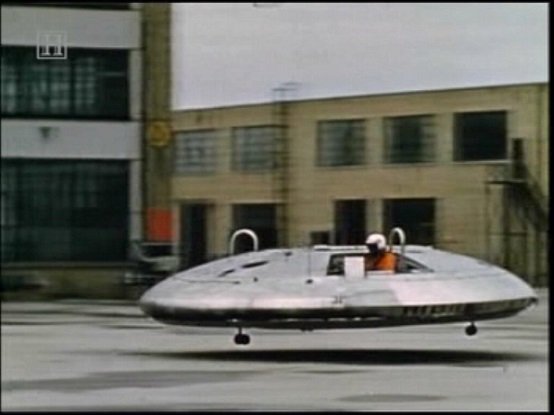
However, the human flesh search did turn up an interesting item. Someone did have video of the 2003 event, whatever it was. On November 7, 2003, in Yining City (伊宁市), Xinjiang, southwest of the Kanas Lake area, an almost identical white, spiraling object was filmed and photographed over the city.
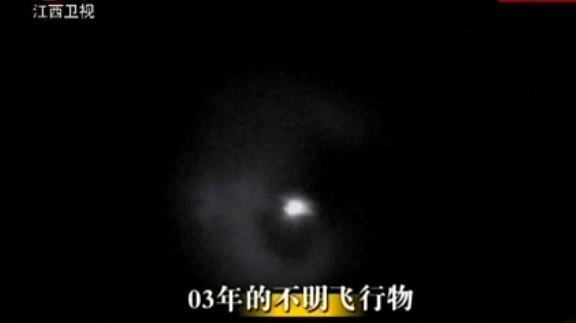
The next night, November 8, another light object was viewed and photographed for five hours over Yining. The second night’s object was clearly something different, but just as strange. It did not spiral like the object seen the night before, but rather glowed brightly and changed colors.
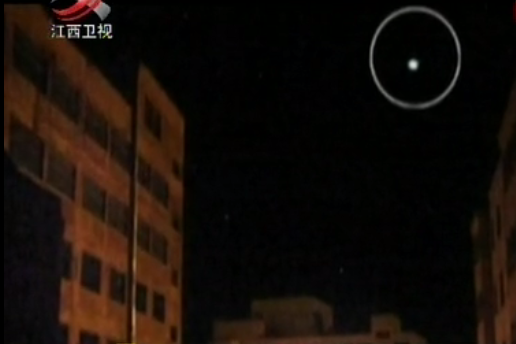
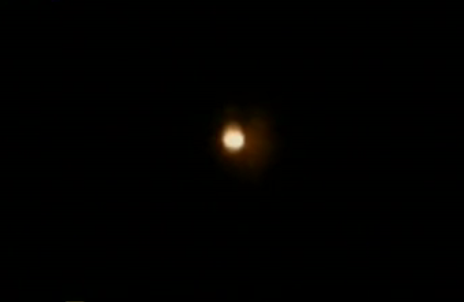
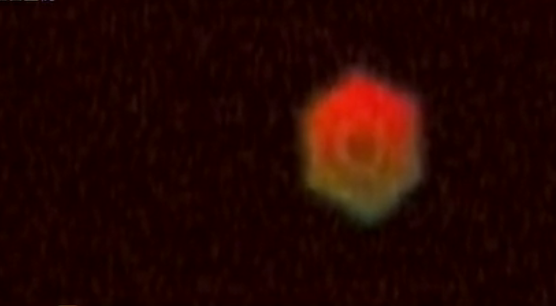
The event was investigated by Lai Yuning (赖宇宁) of the Yining Daily (伊宁日报).

Military and commercial ATC had no record of any such object in the skies, yet whatever it was, it was photographed and filmed by locals. Side-by-side comparisons of the objects make clear that they were very similar indeed, if not identical.
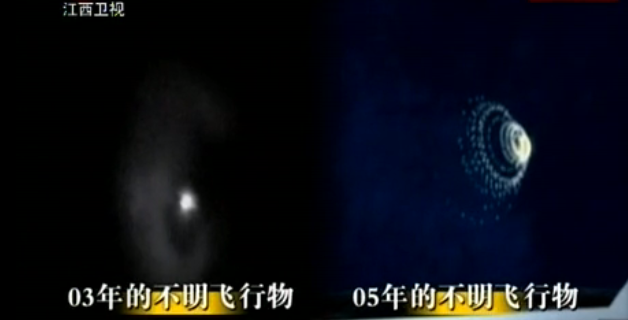
With the possibility of rocket launches gone awry and American secret aircraft ruled out as the source for the spiraling lights, speculation turned to the aurora borealis. Most of the locals insisted they didn’t think this was possible because the aurora is so rarely visible there. Now, I have seen the aurora borealis as far south as The Adirondacks in upper New York State, in September. So I seriously doubt that latitude is an issue for a northern location like Yining City. But having seen the aurora borealis, I’m also confident that it doesn’t make swirling white spirals that follow airplanes.

Unfortunately, I haven’t found out if the event repeated in 2007 or any time after that. But, I did find out that the history of strangeness in the Kanas Lake region has more than just a two-year history. In fact, it goes way back.
In the 1830s, the British sought to crack open the Chinese market in order to help balance trade between the two countries. Britons were buying lots of silk, porcelain, and tea. The only problem was, the Chinese didn’t want any British goods. Thus began the importation of opium that eventually resulted in the Opium Wars.
Part of the problem was corrupt government and military officials who allowed the trade to continue. The Emperor needed a solution. He found it in Lin Zexu ( 林则徐), a viceroy who had become famous for his integrity and moral virtue. Keep this in mind for later regarding our tale of UFOs in Xinjiang.
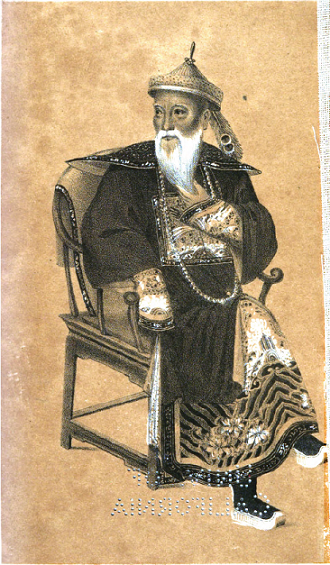
Viceroy Lin began by writing a letter to Queen Victoria questioning Britain’s moral reasoning on the opium trade—if it was illegal in Britain, on what moral grounds was it OK to sell in China? Apparently this letter never reached the Queen, but it didn’t stop Lin from acting. In 1839 he seized over 20,000 chests of opium from traders and publicly destroyed it by stirring it into the Pearl River in Guangzhou mixed with lime, a display not unlike the public burning of elephant tusks today.
There must have been some pretty strung out fish in the river that day that made for easy pickings. This surely would have been a boon for restaurants in the area looking to stir up repeat business with their “addictive” seafood.
Before you laugh to hard, even in the 21st Century over 30 restaurants in China were busted for luring repeat customers by spiking dishes with opiates from 2004-14. Some of these were in Guangzhou, the very city where Lin destroyed the contraband opium almost 200 years before. Can you imagine the conversation at home while choosing a place to eat?
“Honey, let’s go to that hot pot place we went to last time. I just felt really good after eating there.”
“Yeah, me too, dear. I wonder why that is. They must have some special recipe.”
Could the restaurateurs of the 21st Century have learned a trick or two from those of 200 years ago? Fortunately for modern diners, the Chinese FDA, like Viceroy Lin, is on top of the issue.

Lin was able to maintain stability and stem the opium trade for months. Unfortunately, it led to hostilities we know today as the First Opium War. This led to Lin’s “reassignment” in 1840 to the remote province of Lli, now part of modern-day Xinjiang and right smack in the city of Yining. He remained there until 1845 when his reputation was restored.
While there, he meticulously recorded the Muslim customs of the local people. In some cases, his descriptions were among the first to appear in the Chinese language, such as the local use of tughs—poles with ox and horse tails attached. He also recorded Kazakh folk tales in Chinese.

Also in one of his journals is the description of strange aerial phenomena in the night sky. One such entry describes a swelling light that grew brighter and brighter. He described it to the locals the next day who insisted he must have been drunk and hallucinating. But let us remember that Lin Zexu was the viceroy that was famous for his integrity and moral virtue. It is very unlikely that he was drunk or hallucinating or that he was making stuff up.
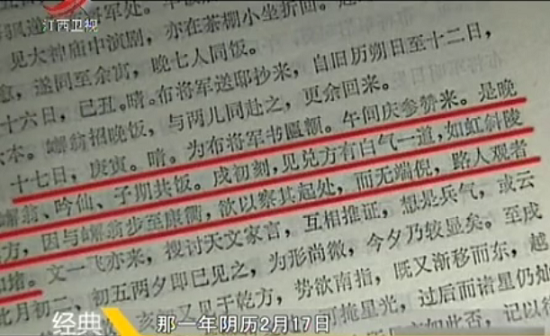
I know what you’re thinking: it was obviously the aurora borealis! Well, if this was the case, the locals would have said, “Ah, yes, Viceroy Lin, that is the aurora borealis. Perhaps it is new to you since you used to live so far south of here.” But they didn’t say this. Instead they accused him of being drunk and hallucinating which means that what he described did not match anything the locals were familiar with, not even the aurora borealis.
That same month he recorded it twice more, as did other contemporary observers in the region. Again it mystified everyone, discounting that it was some common or even occasional phenomenon like the aurora. No one knew what it was, and since we weren’t there to see it too, it remains a mystery.
Now, possibly, the event witnessed in the 21st Century by pilots, Yining residents, and Kanas Lake tourists, is linked back 170 years to the phenomenon described by Lin Zexu.
One hundred and seventy years back is a small step for a man, but 10,000 years back is a giant leap for Mankind (a little space travel humor there). Yet here in the Altai Mountains of Xinjiang we are going to do just that. In the Duogate (pronounced Dwoh-gah-tuh) Caves (多尕特山洞) in Habahe County (哈巴河县), not far from Kanas Lake, petroglyphs were recently discovered that may give us another clue to the strange lights witnessed in the Kanas Lake region.
Among the 893 rock paintings discovered so far, one of them, to modern eyes, clearly depicts what may be a jet aircraft or even a rocket ship. Other mystifying shapes appear as well.
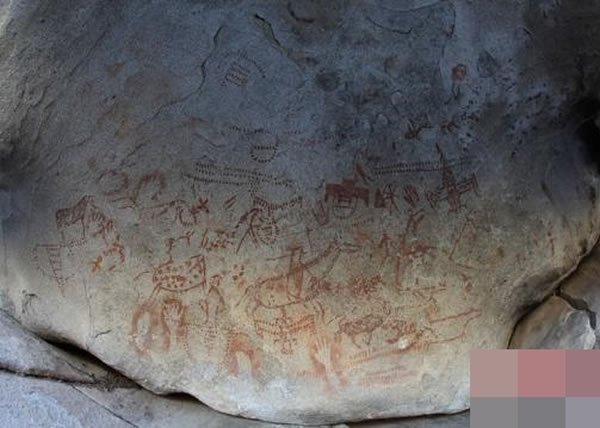
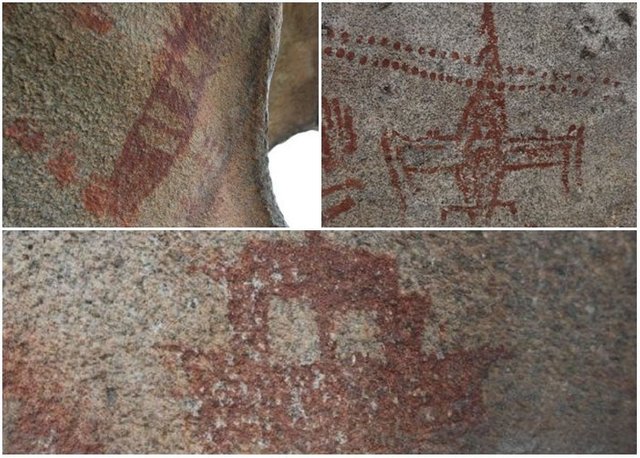
But if ETs were capable of traveling millions of light years, why wouldn’t they have technology more advanced that rockets and jets?
Archeologists say that the petroglyph depicts some kind of tower, possibly used to gain an advantage when hunting the megafauna that roamed the area. It also looks like it might be an outrigger canoe or perhaps a fish trap.
Let me offer a little note on cultural differences here to lend some insight into this issue. There’s an area in Shenzhen known as Dongmen (东门), which is a trendy low-price shopping district for young people. The shops specialize in knock off and off-brand merchandise—fake fashion merchandise, pirated DVDs and computer software, cheap trinkets attractive to teenagers. Young people go there to “be cool”. You’ll see a lot of them wearing Ramones T-shirts. A lot. You’d probably think that The Ramones were popular in China and that you might meet some cool cute punk chick to shack up with you.
You’d be wrong.
The kids who wear these T-shirts never heard of The Ramones. They don’t even like punk rock, or any kind of rock n roll. Some of them may even hate it. They just wear the T-shirt. It has a completely different meaning in China than it does in, say, America or the UK. I know this because I live here. The kids who wear these T-shirts don’t even know that Beijing and Xi’an have active, thriving punk scenes where people have heard of The Ramones. They just like the picture.

These people are our contemporaries. They are wearing a branded T-shirt that is well-known, invented by someone for The Ramones, with its recognizable American eagle clutching a baseball bat in its talons. We know what it looks like and we know what it’s for—to proclaim one’s love for The Ramones and send that message to like-minded fans.
But not so in China. Why? Differences in language and culture have erased the meaning and purpose of a very common T-shirt.
Now think what it is like to try and interpret 10,000-year-old rock art. The cultural isolation is immense to say the least. What’s more, no written language or contemporary people can lead us to the original meaning or purpose of this art. The cultural chasm is as broad and deep as time itself. We cannot look with modern eyes, Western or Chinese, at those paintings and claim to know what they are, just as we cannot view a Ramones T-shirt in China and claim to know the musical tastes or social orientation of its wearer. Keep this in mind every time some ancient astronaut theorist tells you that some ancient rock carving is “clearly an alien in a space suit.”
Yeah, and that 19-year-old hottie over there with the perfect ass, luscious long black hair and a Ramones T-shirt is clearly a Ramones fan. NOT!
Nevertheless, the mysterious rocket-like painting in the caves of Duogate, the strange lights in the sky, and the notes of the virtuous Viceroy have prompted the locals to adopt a saying that can be roughly translated as follows: ###

images: 1-2-3&4,7 to 12,17 (my own screen caps of Classical Legends 8-1-2012)5-6-13-14&15-16-18&19-20-21
Oh -- fun stuff! Upvoted and followed. Have you sold this to "Ancient Aliens"? :)
It's the same in America. You are free, but not free to criticize certain things. It can be a job killer, if not more.
P.S. I you are Chinese writing in English, your English is excellent. If you are English writing in English, your English is excellent. In either case, great writing.